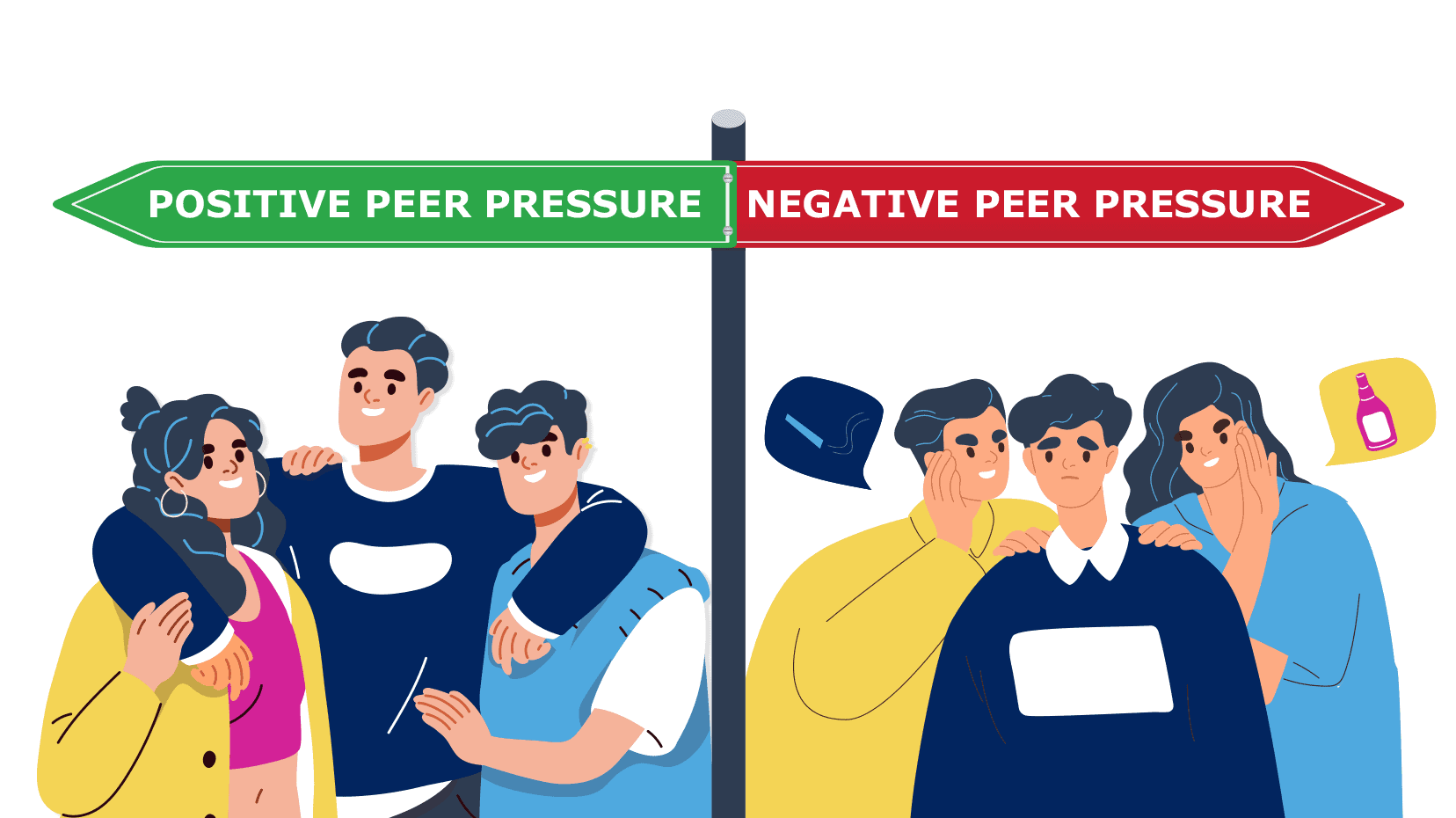
Peer pressure is a term that often carries a negative connotation, especially in the context of students. It conjures up images of teenagers succumbing to the pressure to engage in risky behaviors or make poor choices. However, it’s essential to recognize that peer pressure isn’t inherently detrimental. In fact, it can have positive effects on students when channeled in the right direction.
Positive peer pressure can manifest in various ways, promoting personal growth, academic achievement, and overall well-being. Here, we explore the potential benefits of constructive social influence on students.
- Motivation and Ambition: Positive peer pressure can motivate students to set higher goals and work diligently to achieve them. When students are surrounded by peers who are ambitious and driven, they are more likely to be inspired and challenged to excel in their academic endeavors.
- Healthy Habits: Friends can encourage one another to adopt healthy habits, such as regular exercise, balanced nutrition, and stress management. When students see their peers making positive lifestyle choices, they may feel inclined to follow suit, leading to improved physical and mental health.
- Academic Excellence: In a supportive peer group, students are more likely to engage in educational activities, collaborate on projects, and study together. This environment fosters a healthy competition that can improve academic performance and problem-solving skills.
- Social Skills: Positive peer pressure can aid in developing social skills. Interacting with peers who value empathy, respect, and kindness can help students build strong interpersonal relationships and contribute positively to their communities.
- Responsible Decision-Making: A responsible peer group can help students make thoughtful and well-informed decisions. When students have friends who encourage responsible choices, they are less likely to engage in risky behaviors like substance abuse, bullying, or other harmful activities.
- Exploration of Interests: Peer pressure can also lead students to explore new interests and passions. Encouragement from friends to try out clubs, sports, or creative pursuits can help students discover their talents and interests.
- Diverse Perspectives: Interacting with a diverse group of peers exposes students to different perspectives and cultures. This broadens their worldview, fostering tolerance and acceptance of diversity.
It is crucial to distinguish between positive and negative peer pressure. Negative peer pressure often involves coercion, manipulation, or influence to engage in harmful behaviors or activities. Positive peer pressure, on the other hand, encourages growth, learning, and personal development.
READ MORE: How Students Can Avoid Peer Pressure
To harness the power of positive peer pressure, students should be mindful of their choice of friends and the values they collectively uphold. It’s essential for educators and parents to foster an environment where constructive social influence is encouraged and supported.
In conclusion, peer pressure is a powerful force that can impact students both negatively and positively. By promoting a culture of respect, empathy, and personal growth, students can benefit from the constructive aspects of peer pressure. When surrounded by supportive peers who inspire them to make responsible decisions, pursue their passions, and strive for academic excellence, students can experience the benefits of positive social influence on their journey to becoming well-rounded individuals.
